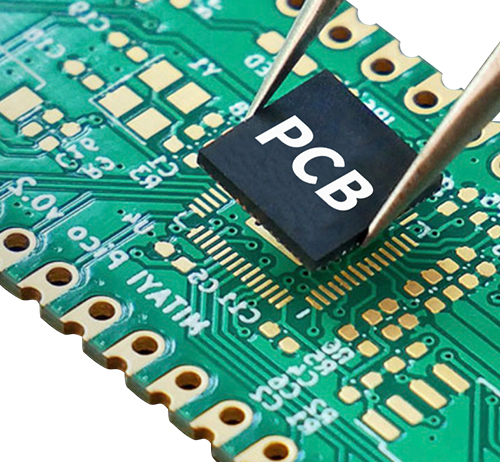Time:2022-08-24 Visit:
Aluminum-based PCB circuit boards are the most common sheet metal PCB boards. It consists of an aluminum core with standard FR-4. In short, it is composed of a three-layer structure of copper foil, insulating layer and metal core. Since the aluminum-based pcb board has a heat dissipation layer, it has a good heat dissipation function, which can effectively reduce the operating temperature of the components and prolong the service life of the product.

Advantages of aluminum-based pcb circuit boards compared to traditional FR-4 boards:
1. Good thermal conductivity. The metal layer of the aluminum-based pcb board can quickly dissipate heat, transfer the heat of the device, minimize the thermal resistance, and have good thermal conductivity.
2. More environmentally friendly. Aluminum-based pcb boards do not contain substances harmful to human health and the environment, and are more environmentally friendly than FR-4 boards.
3. High durability. FR-4 boards may shake, bend, and crack during production and transportation; ceramic substrates are also more fragile. Aluminum-based pcb circuit boards make up for the deficiencies of FR-4 boards and ceramic substrates, have longer durability, and avoid board cracks during production and transportation.
4. Higher performance. The circuit layer of the aluminum-based pcb board is formed by etching. Compared with the traditional FR-4 board, the current carried by the aluminum substrate is higher than that of the FR-4 board under the same line width and thickness.
The good heat dissipation, insulation and durability of aluminum-based pcb circuit boards have established its important position in power hybrid ICs. Aluminum substrates are widely used in LED energy-saving lamps, automobiles, computers and other equipment drives, audio equipment and power systems and other industries. Feilong pcb's aluminum-based pcb circuit board adopts halogen-free green environmental protection board to ensure full compliance with environmental protection requirements; thermal conductivity is 1.0W/mK and 2.0W/mK; there are three standard copper thicknesses of 35um, 70um and 105um; Different customers in different industries have requirements for thermal conductivity and mechanical properties.